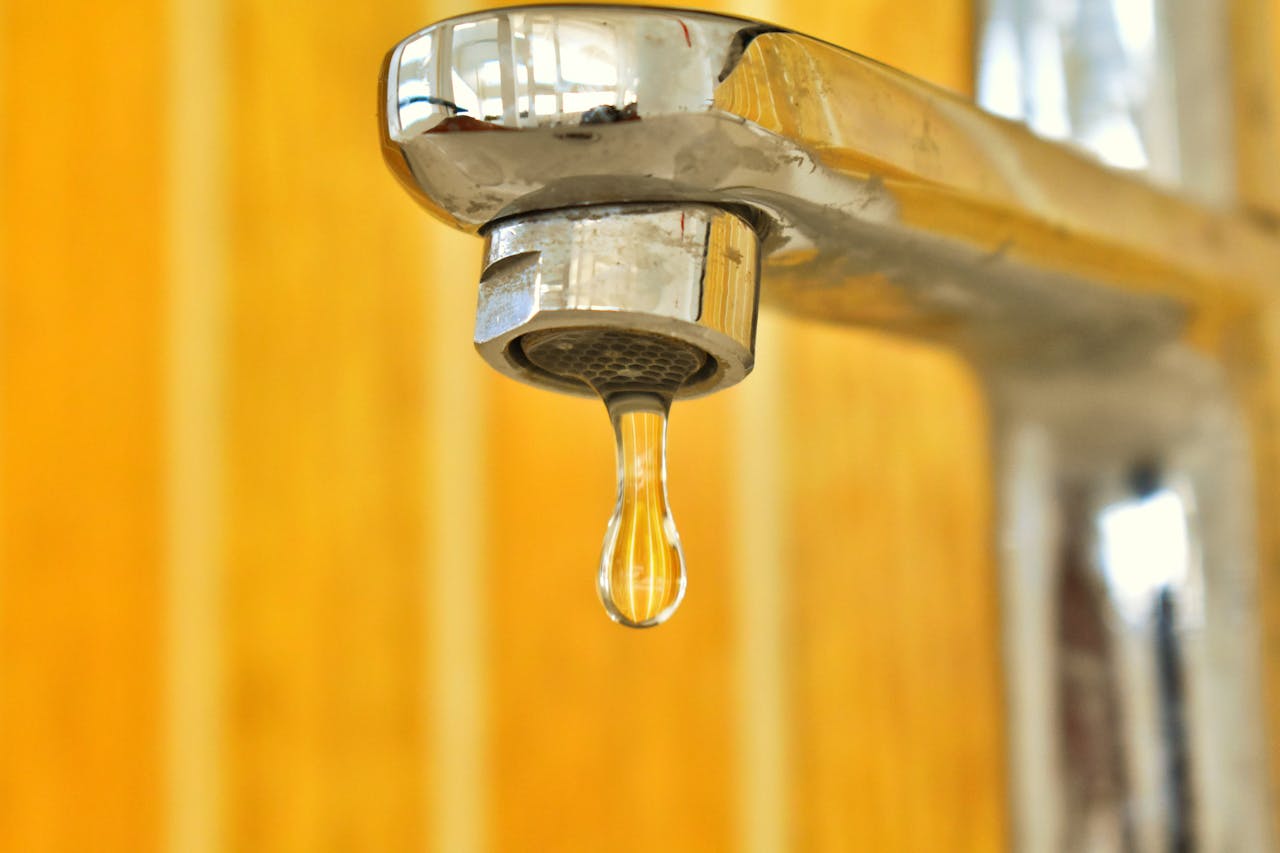
Many of us love the idea of a lush yard with green grass and various plants. As appealing as this picture may be, it isn’t without a cost. Beyond the time and financial costs, the traditional backyard is a significant drain on water supplies. As water conservation becomes a growing concern, we must rethink how we design and maintain our outdoor spaces.
While water conservation is important, it doesn’t mean you can have an attractive yard. You just need to be thoughtful and strategic. It isn’t even about using no water at all, you need to look for ways to use less water and be careful about how you use it.
But how can you adapt your yard to be water-friendly while maintaining an attractive outdoor space? Read on for a few tips and tactics you can deploy.
Adjust Your Watering Practices
One of the first points to consider is your practices for watering your lawn and other plants. You don’t need to stop watering, but a few minor adjustments can make a big difference. Start by changing your watering schedule. Watering early in the morning or late in the evening can save water as it reduces evaporation caused by the sun. For plants, trees, and shrubs, deep watering less often is typically more effective and water-conscious.
Various irrigation and watering systems can also help you save water. Drip lines and soaker hoses can be more effective because they apply water closer to the roots. They also reduce runoff and overwatering. Placing mulch around plants can also soil retain moisture, limit evaporation, and keep soil cool for reduced watering needs.
Get Familiar With Your Yard
Spend a little time learning about your yard and the local ecosystem. With a little knowledge, you can create a landscape that uses water more efficiently. Learning about your local climate can teach you about seasonal rain patterns and plants that will thrive in your yard. Assessing the soil type can provide insights into watering schedules. For example, sandy soil drains faster and needs more watering. However, clay soil retains water well, so you might not need to water as much.
Reconsider Water Features
Water features like swimming pools, fountains, and ponds might be attractive or nice luxuries, but they consume a significant amount of water. This is even more of a problem if you live in a hot, dry climate. Reducing or removing these features can have an immediate impact on water savings. If you’re set on having a water feature, look for ones that recycle the water. For pools, take every measure possible to prevent leaks.
When asked, an expert from Leak Science said, “You’d be surprised to find out how common pool leaks are. Most people don’t notice because they think using a lot of water is part of owning a pool. However, you can save water by being aware and fixing leaks early. Needing to add water frequently is one sign of a leak. You should also consider cracks in the pool or sudden increases in the water bill. It might also help to hire professionals to inspect for leaks occasionally.”
Switch to Native Plants
An issue for many homes is that the plants are not native to the local ecosystem. Since non-native plants are not adapted to the ecosystem, they typically require more maintenance. That often includes increased watering. With your knowledge of the local ecosystem, find native plants for your yard. Besides native options, you might also consider drought-resistant plants from similar climates. By switching to plants suited to the environment, you can save water and effort on maintenance. You might also reduce the need for fertilizers and pesticides.
Shrink Your Lawn
That lush, green lawn is probably one of the most water-intensive features of your yard. However, reducing its size can make a big difference in water savings. Assess your lawn and look for areas you could replace with alternatives that use little to no water. For example, if there’s a small strip of grass next to your driveway, consider replacing it with stone or mulch. These alternatives don’t need watering, and they look good.
You could also consider replacing the grass with ground cover that requires less water and maintenance. Depending on where you live, there might be native grasses that could serve as a water-friendly alternative. Clover and creeping thyme are good options for lawns that use less water. You could also consider installing artificial turf. Quality synthetic grass looks good, but it requires no watering or mowing.
Upgrade Your Garden
You don’t have to give up on the benefits of having a garden to save water in your yard. You just need to make a few adjustments to save water. As we mentioned before, drought-tolerant and native plants are better options. Building raised garden beds can also assist with water management and conservation. You should also group plants based on their watering needs. As we mentioned before, mulching around plants in the garden can also help the garden beds retain water.
With a little effort, you can conserve water while maintaining a beautiful yard. It can also offer benefits like reducing yard maintenance and creating a space that is more in line and friendly to the local ecosystem. Get started on your journey to a water-friendly yard with these tips.